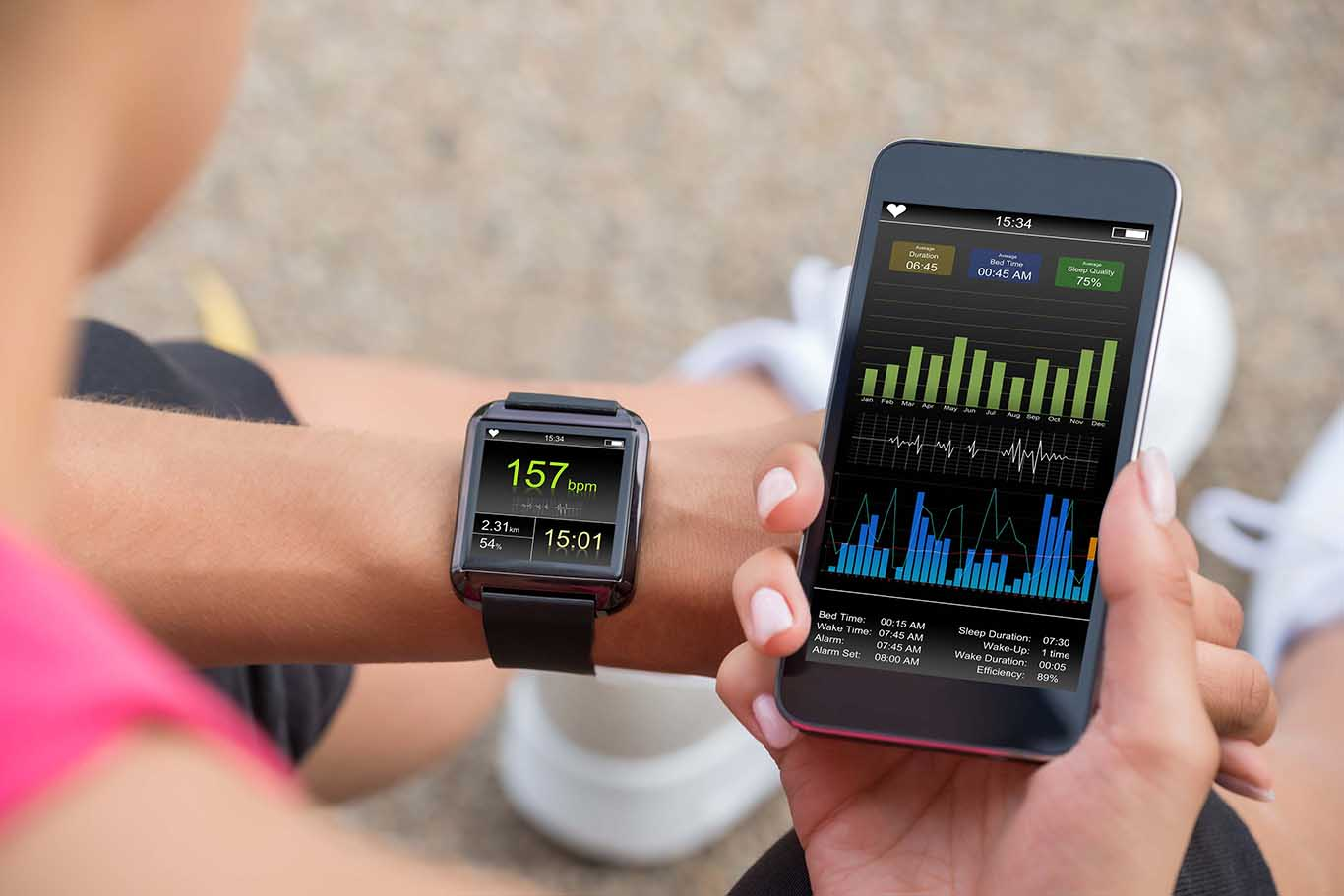

Remote monitoring is revolutionizing the way heart failure is managed, enabling continuous care outside of the traditional hospital setting. This innovative approach allows healthcare providers to track patients’ conditions in real-time, offering more personalized and proactive care. In this article, we explore how remote monitoring is transforming heart failure care and improving outcomes for patients.
Real-Time Data for Better Management
Heart failure is a chronic condition that requires constant monitoring to manage symptoms and prevent hospitalizations. Remote monitoring tools such as wearable devices, implantable sensors, and mobile health apps enable patients to send vital information to their healthcare providers from the comfort of their homes. These devices track key indicators like heart rate, blood pressure, oxygen levels, and weight, which are critical for monitoring fluid retention and detecting early signs of worsening heart failure.
By collecting real-time data, healthcare providers can make immediate adjustments to treatment plans, including medication adjustments and lifestyle changes. This approach reduces the need for frequent hospital visits, while also allowing doctors to intervene quickly when a patient’s condition changes. Patients with heart failure can enjoy better management of their symptoms, leading to fewer hospitalizations and improved quality of life.
Remote Monitoring and Early Intervention
One of the most significant benefits of remote monitoring is its ability to facilitate early intervention. With continuous data collection, doctors can detect subtle changes in a patient’s condition that may otherwise go unnoticed during routine visits. For example, a sudden increase in weight may signal fluid retention, while changes in heart rate could indicate arrhythmias or worsening heart failure. Remote monitoring allows doctors to take immediate action to prevent hospital admissions, which is often critical in managing heart failure.
This proactive approach to care also helps reduce the burden on healthcare systems by preventing emergency situations and improving patient outcomes. Patients benefit from the peace of mind that comes with knowing their condition is being continuously monitored, allowing for quicker interventions and better health management.
The Role of Experts in Remote Monitoring
While remote monitoring is an invaluable tool for heart failure patients, it requires the expertise of specialized healthcare providers to interpret the data and make informed decisions. For complex cases, where heart failure may be accompanied by other conditions, coordination between various specialists is crucial.
For patients requiring advanced treatments such as heart transplants, the guidance of the best heart transplant surgeon in India is essential. These surgeons ensure that remote monitoring is integrated into the patient’s overall care plan, particularly in the post-operative phase, where ongoing monitoring is critical to detect complications such as rejection or infection. With the ability to continuously track a patient’s recovery, surgeons can respond quickly to any issues, improving the success rates of heart transplants.
Conclusion
Remote monitoring is transforming heart failure care by providing real-time insights into a patient’s health, enabling earlier interventions, and reducing hospital admissions. This technology has the potential to significantly improve the management of heart failure and patient outcomes. In India, the role of a cardiologist specialist in India is crucial in guiding the implementation of remote monitoring and tailoring treatment plans for individual patients. By leveraging these advancements, heart failure patients can enjoy a better quality of life and a more personalized approach to care.
